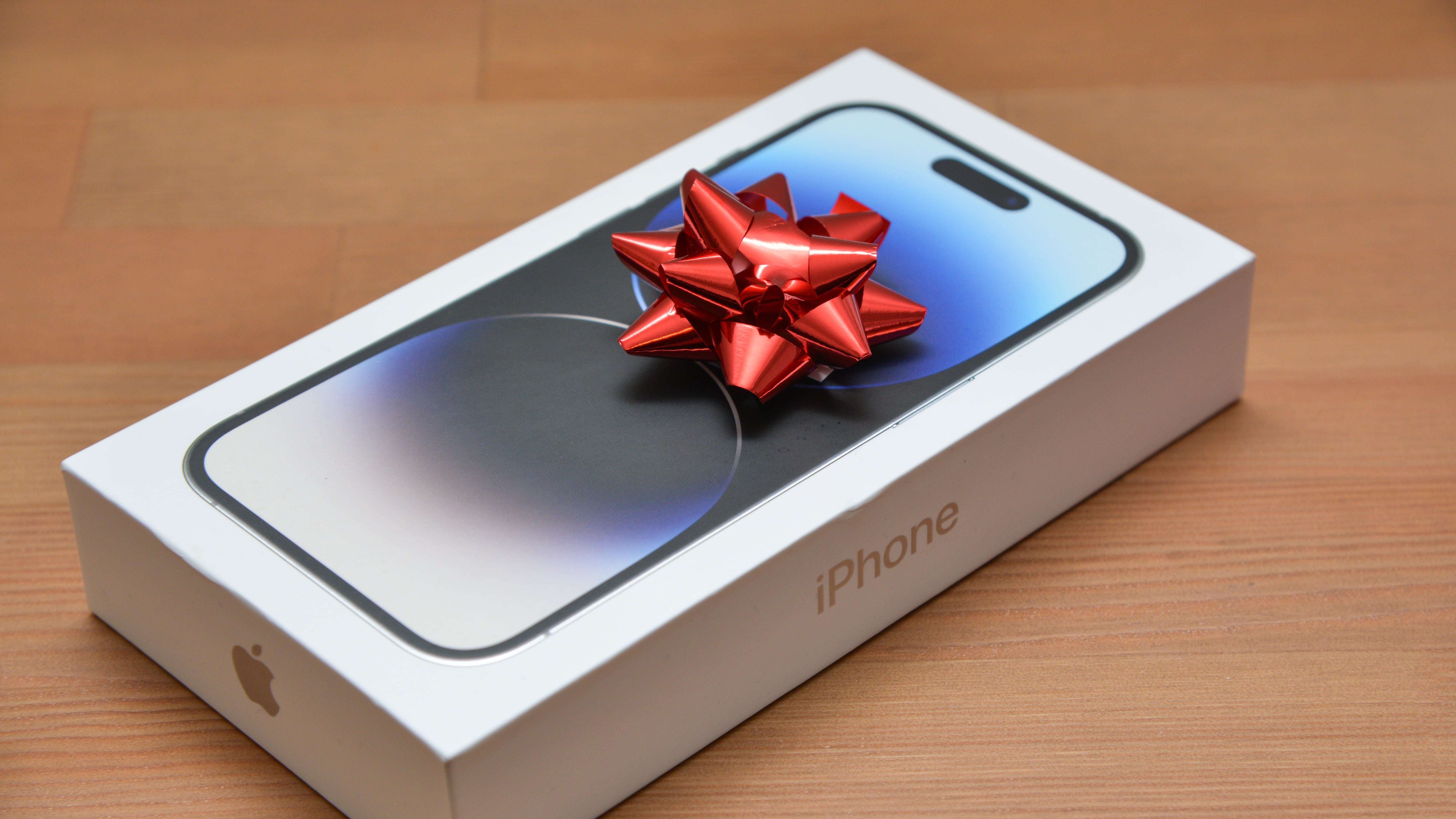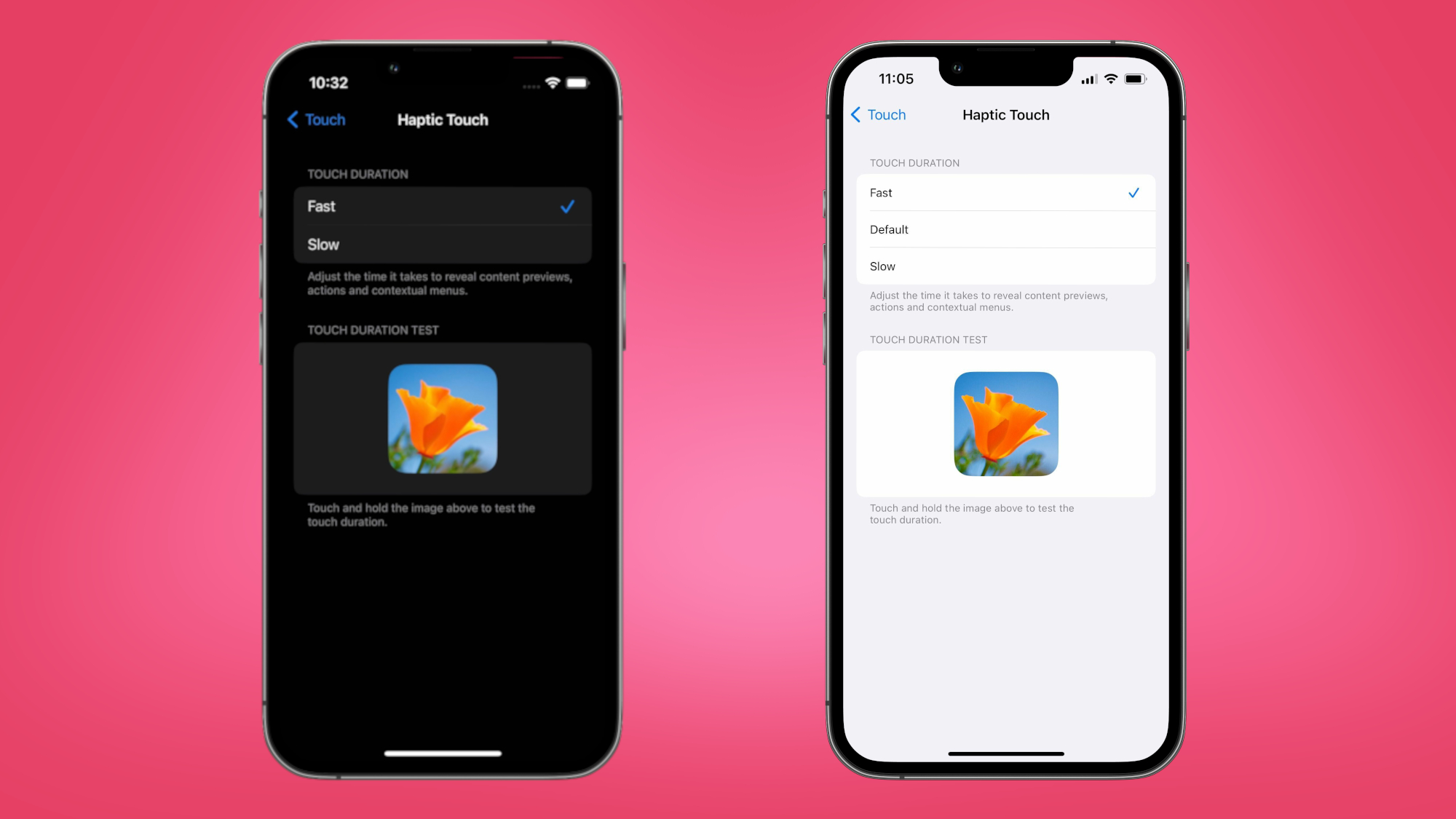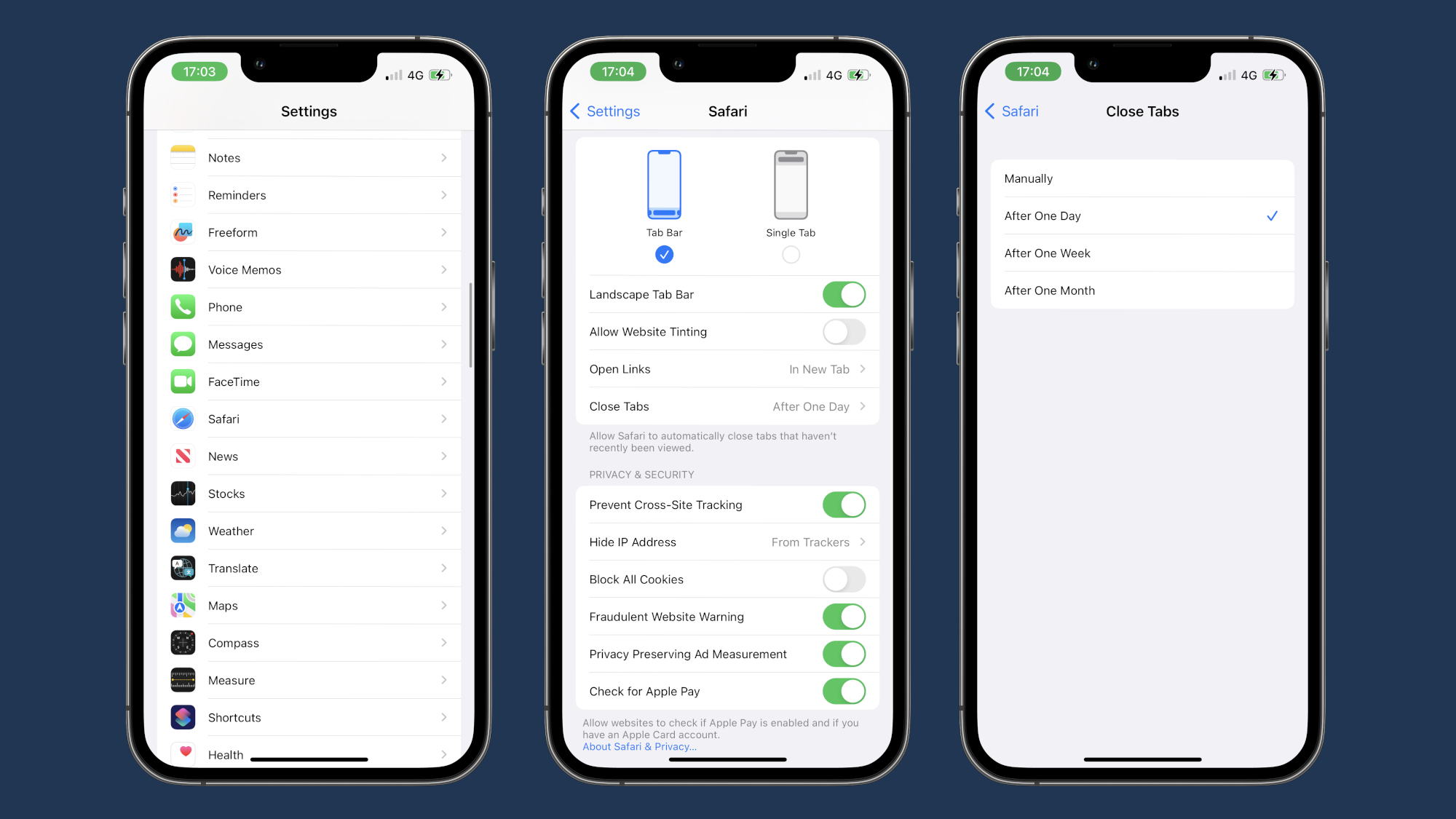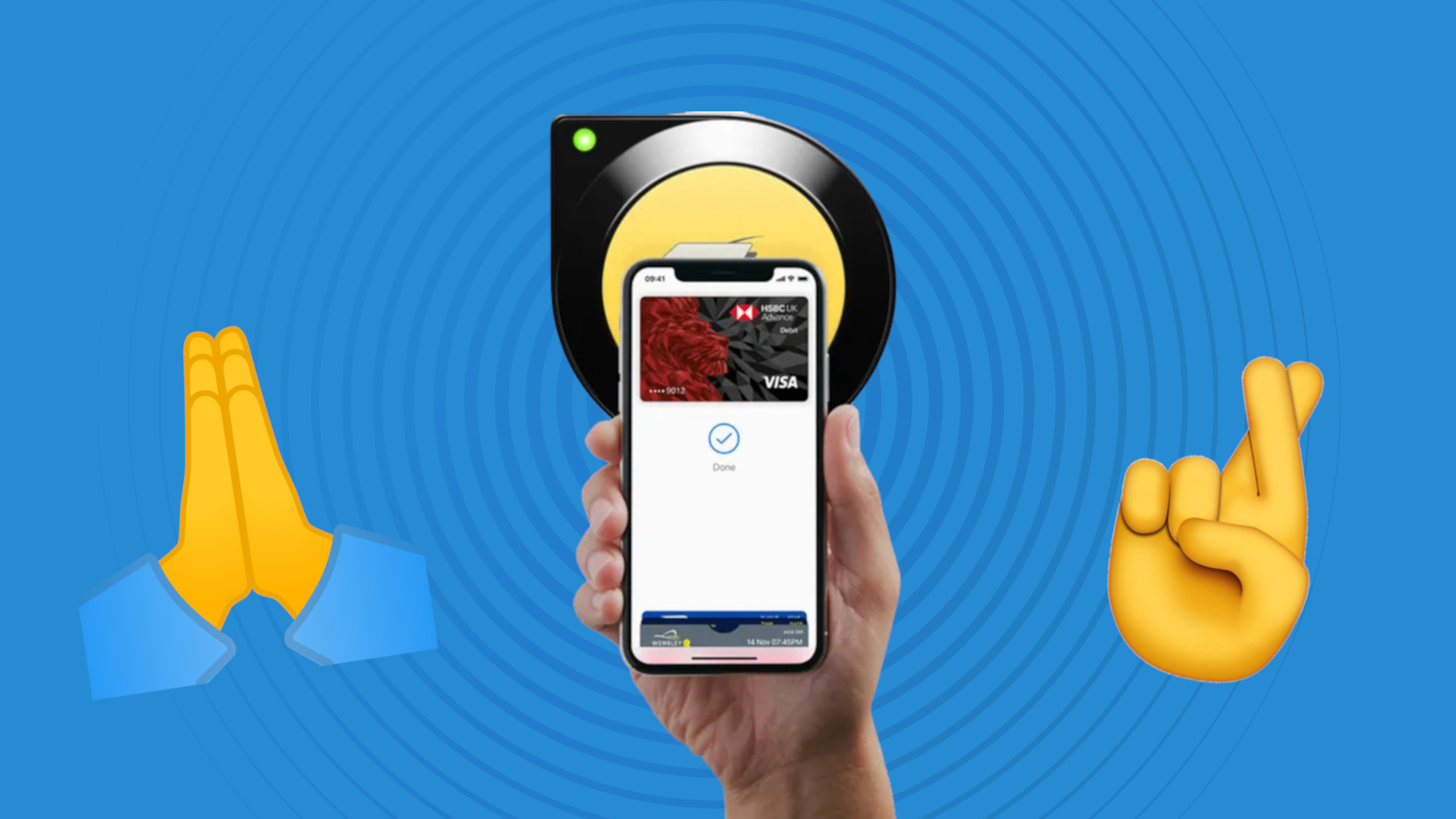
So, you’ve landed yourself a new iPhone. Congratulations! You’re now the proud owner of a supremely capable pocket computer whose operating system is far and away the best on the mobile market (sorry, Android fans).
But iOS 17 – or indeed any new-ish version of iOS – has so much more to offer than the bog-standard configuration you’re confronted with out of the box. Apple is great at hand-holding users through iPhone customization, but less brilliant at surfacing the myriad settings and features, which – depending on how you use your smartphone – can make the experience of using an iPhone even more enjoyable.
In this article, then, we highlight three hidden iPhone settings you should activate ASAP to get the most out of your new iPhone. Once you’re up and running with the below features, head over to our 10 best apps for your new iPhone roundup for a look at the most useful apps to help further enhance your iPhone experience.
Speed up Haptic Touch

If you’re the proud owner of any iPhone newer than an iPhone XS, you can now download iOS 17 at your leisure, and the latest iteration of Apple’s mobile operating system features a little-known Accessibility option that makes your iPhone feel far more responsive.
We’re talking about Haptic Touch, which is the system behind those precise vibrations you feel when long-pressing app icons, images, message chats, emails and so on. Haptic Touch has actually been around since the iPhone XR, but in iOS 17, the feature can be customized to deliver even faster haptic feedback than before – and, quite frankly, it’s a game-changer.
To boost Haptic Touch speed in iOS 17, simply head to the Accessibility menu in Settings, select Touch, Haptic Touch, then Fast (touch duration will automatically be set to Default once iOS 17 is downloaded). Apple has included a handy test icon below these options, too, so you’ll be able to feel the difference in response time immediately.
For more speed-enhancing iPhone features, check out these 5 hidden iOS tricks to help you navigate your iPhone faster.
Automatically close open Safari tabs

iPhone users have long debated whether you should close apps running in the background to improve performance and save battery life. While Apple says that there’s no need to close apps unless they become totally unresponsive, we can confidently say that the story is a little different when it comes to open browser tabs.
We’re all guilty of letting an excessive number of tabs run amok in the Safari app, and – in addition to becoming laggy – Apple’s in-house browser has been known to unexpectedly delete Safari tabs if too many are left open at any one time.
To help you avoid the headache of a slow Safari browser, then, we suggest you allow your iPhone to automatically close open Safari tabs after a chosen amount of time. To do this, navigate to Settings and select the Safari options page. Once there, scroll down and select the “Close Tabs” menu. By default, the option is set to manual – meaning your out-of-the-box iPhone makes you delete open Safari tabs by hand – but by selecting this menu, you can choose to have open tabs close automatically after one day, one week or one month.
But what if you need to recover a tab that was automatically closed? Fear not. If you want to revisit a closed Safari tab, long-press the Plus icon in the bottom left-hand corner of the tabs preview screen to bring up a list of recently closed tabs. Et voilà! Just like that, you’re on your way to living a tidier digital existence.
Make sure Express Mode is enabled

Technically-speaking, this feature should already be enabled by default on your new iPhone, but we see enough people manually activating and approving their contactless payments every morning to warrant its highlighting here.
The feature in question is Express Mode – a shortcut that lets you use certain cards, keys and passes in Apple Wallet without needing to wake or unlock your iPhone with Face ID, Touch ID or a passcode. To activate it – or check that it’s already activated – open the Wallet app (the actual app, not the double-tap interface) and select the card you want to use for daily travel payments. Tap the More button (that’s the three dots in the top right corner) and hit Card Details. From there, head into Express Travel Settings, and select the same card.
Now, when you hold your iPhone atop the contactless reader at the Tube or metro gate on a cold and frosty morning, the transaction will complete automatically, and a tick and "Done" will appear on your device. The terminal gate will open, and you'll be free to continue your noble journey towards that 9am meeting without holding up the line.
What’s more, Express Mode works when your iPhone is out of charge, too. For up to five hours after that dreaded black screen descends, you’ll still be able to tap in and out of your chosen travel system with ease.
You might also like
- Was the iPhone 15 worth the hype? Apple fans give their verdict
- Optimize iPhone Storage explained: where your photos actually go
- Apple’s new method for updating iPhones sounds decidedly Apple-like







